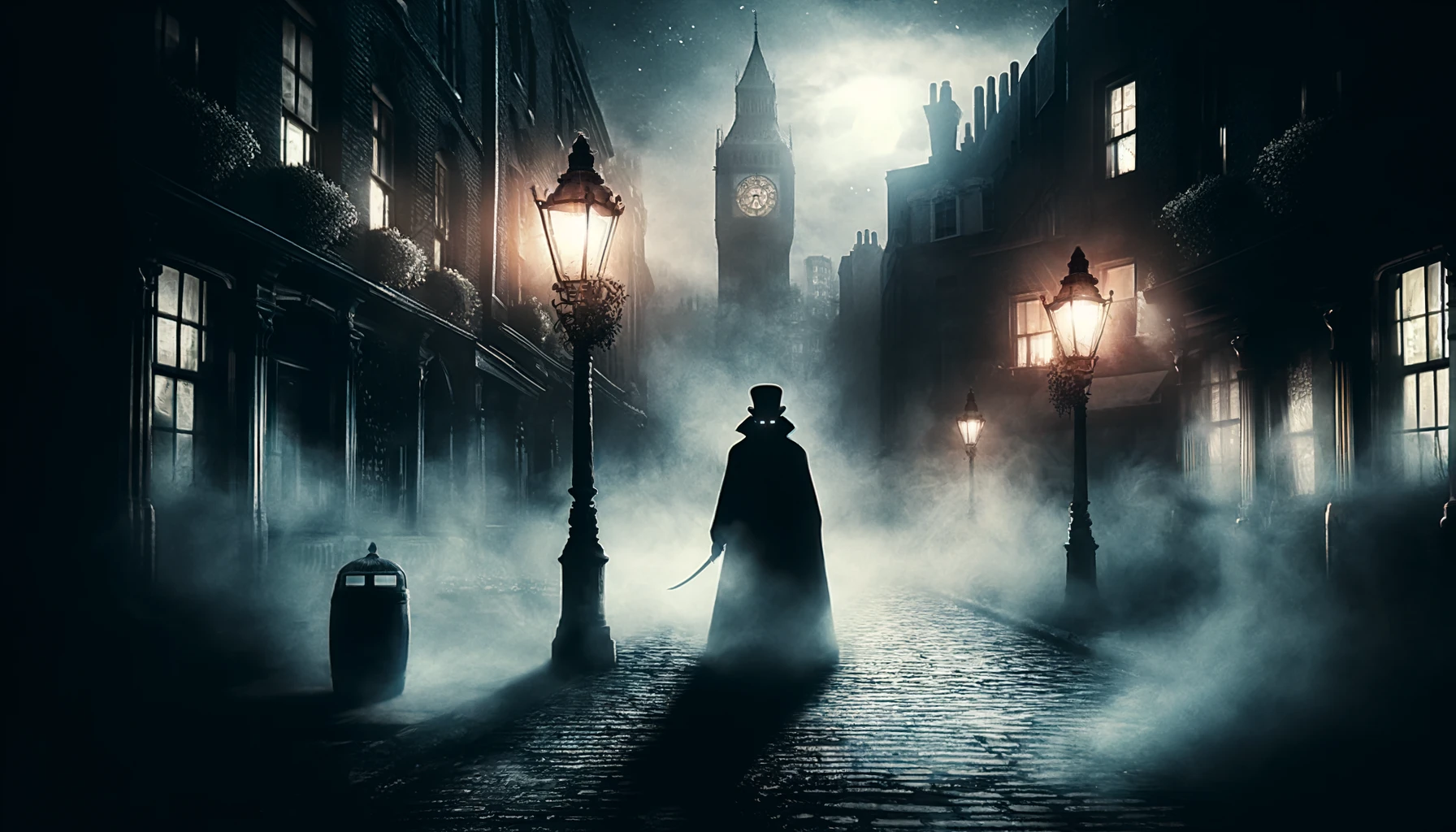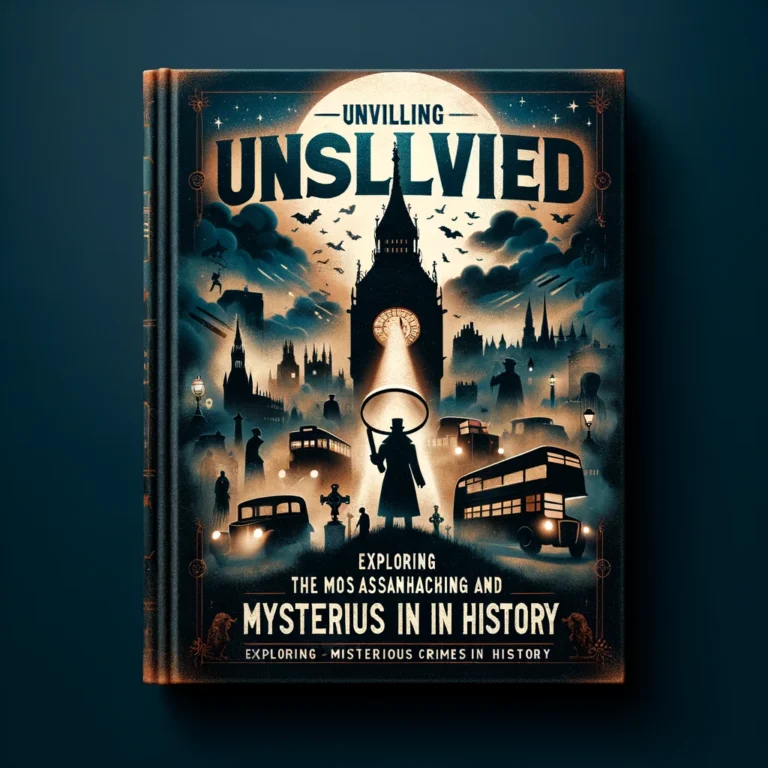In the dark, misty alleys of London’s East End during the autumn of 1888, a series of horrifying murders plunged the area of Whitechapel into a state of fear and fascination that has persisted to this day. The perpetrator, known only as Jack the Ripper, remains one of history’s most notorious and elusive figures. This article delves into the chilling events and the enduring mystery that surrounds the identity of this infamous serial killer.
The Autumn of Terror
Between August and November 1888, five women—Mary Ann Nichols, Annie Chapman, Elizabeth Stride, Catherine Eddowes, and Mary Jane Kelly—were brutally murdered under the cover of darkness. Their bodies were not just killed; they were mutilated with such severity that the public and the police were left reeling. The nature of these crimes suggested a killer with a knowledge of human anatomy, which led to speculation that the Ripper might have been a surgeon or a butcher.
The Whitechapel murders were characterised by increasing savagery and appeared to be the work of a single individual. The local newspapers, sensationalist by nature, fed on the public’s fear and fascination, giving the killer the moniker “Jack the Ripper” after a letter was received by a news agency, allegedly from the murderer himself. Whether this letter was authentic or a journalistic stunt, it cemented the legend of Jack the Ripper in the annals of crime history.
The Investigation and Suspects
The investigation into the murders was fraught with difficulties. Forensic science was in its infancy, and the Metropolitan Police were overwhelmed by the nature of the crimes and the plethora of suspects. Over the years, more than a hundred suspects have been named, ranging from plausible to absurd. Some of the more credible names included Montague John Druitt, a barrister and teacher with a history of mental illness; Aaron Kosminski, a Polish barber with a known hatred of women and violent tendencies; and Francis Tumblety, an American quack doctor who collected uteruses and fled England shortly after the last murder.
Despite the best efforts of the detectives at the time, including notable figures such as Frederick Abberline and Thomas Bond, the lack of concrete evidence and reliable witness testimonies made it impossible to conclusively solve the case.
The Legacy of the Ripper
The mystery of Jack the Ripper does more than just puzzle criminologists and historians; it serves as a dark mirror reflecting Victorian society’s fears and prejudices. The Ripper’s ability to evade capture spoke to the limitations of law enforcement at the time and highlighted the grim realities of life in the poorest districts of London. The murders also had a lasting impact on public perceptions of crime, policing, and the media.
Today, the figure of Jack the Ripper has become almost mythical, a focus of fascination for those interested in the macabre and a staple of cultural lore. The identity of the Ripper may never be known, but the story of his gruesome deeds and the terror he instilled will forever haunt the history of London and the world of criminal investigation.
As we reflect on these events more than a century later, the tale of Jack the Ripper remains a compelling study of one of London’s most disturbing periods, a testament to the enduring human fascination with the unknown and the unsolvable.
































+ There are no comments
Add yours